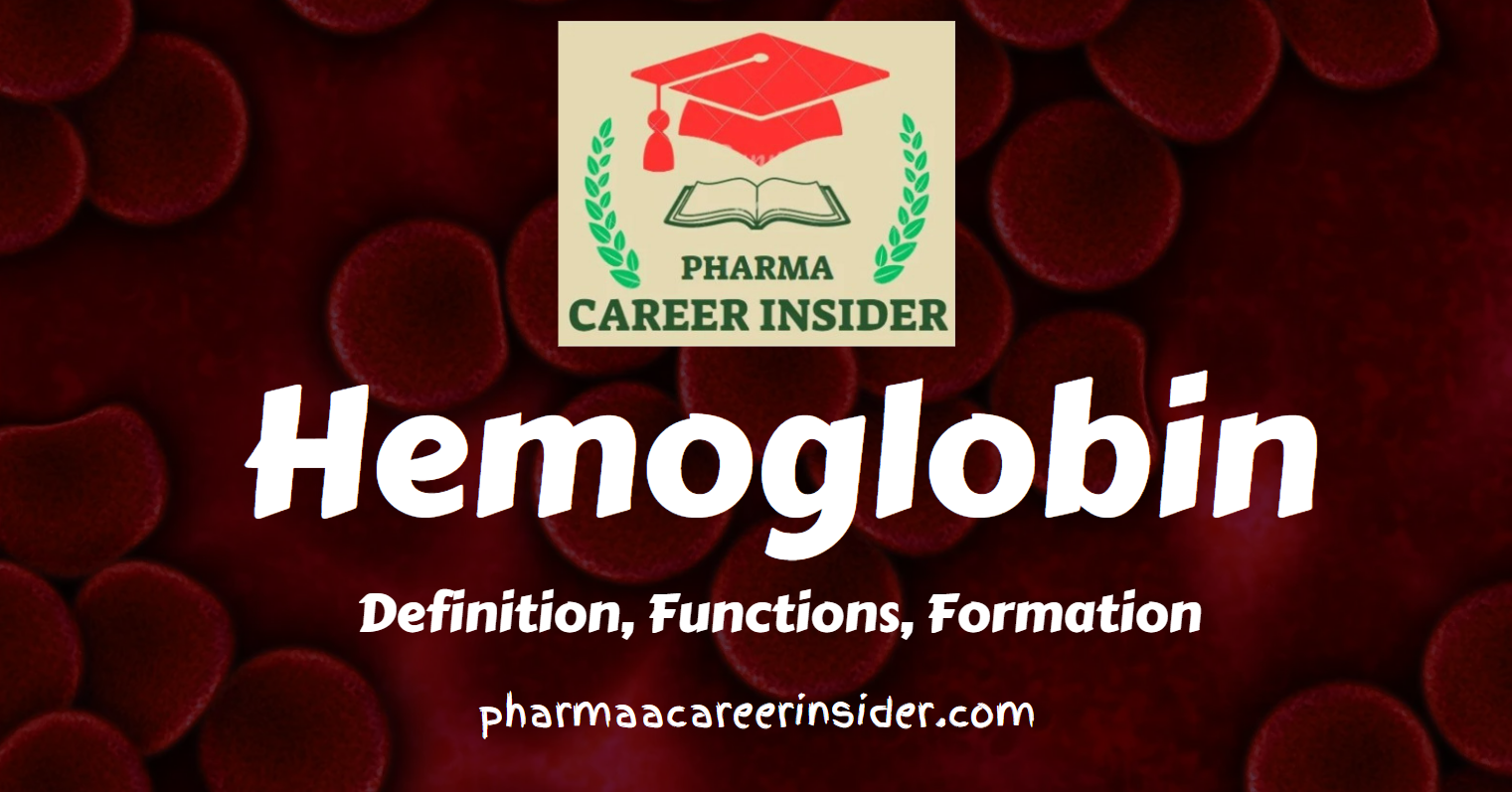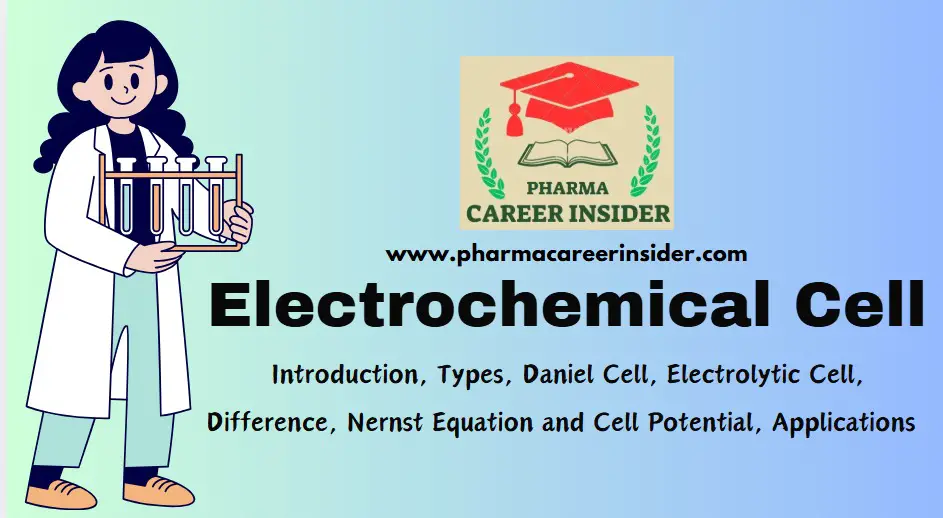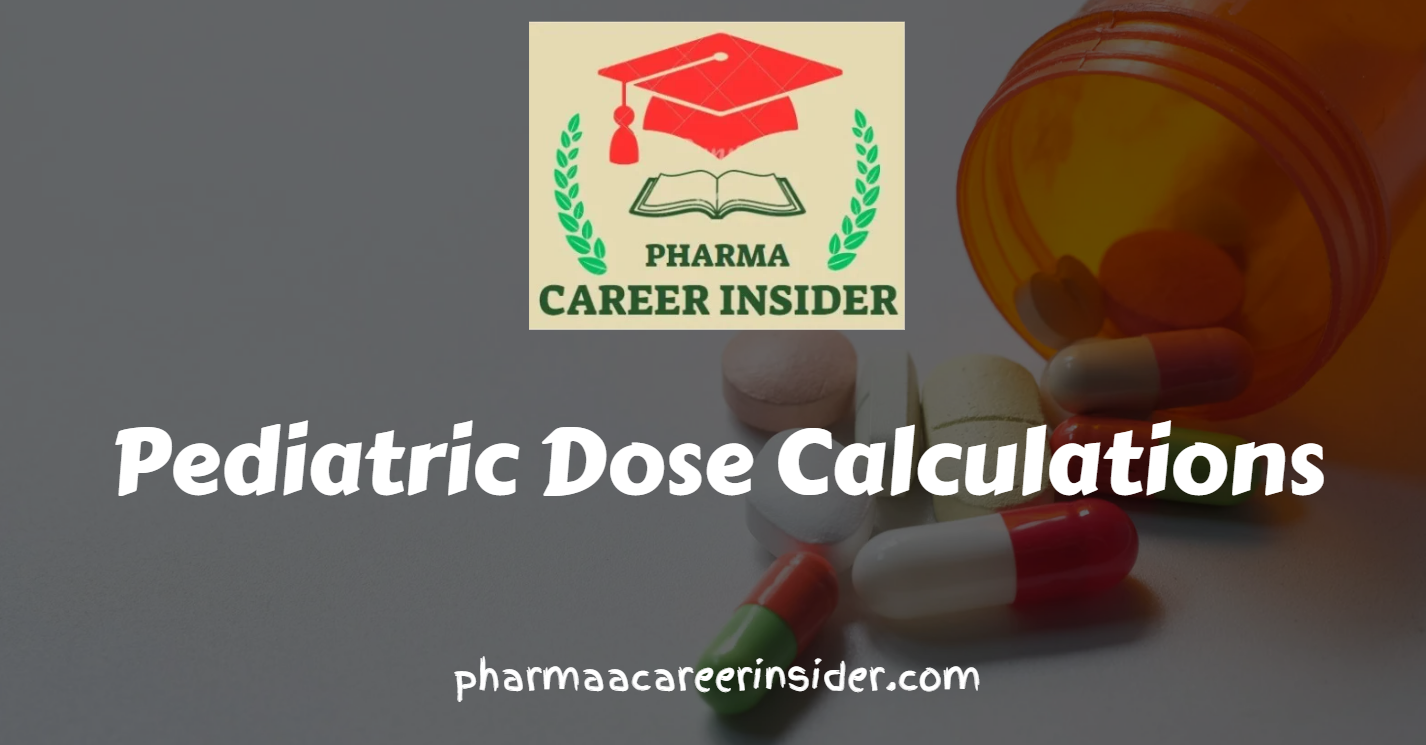Hemoglobin, responsible for transporting oxygen from the lungs to body tissues and carrying carbon dioxide back to the lungs for exhalation, is a protein found in red blood cells (erythrocytes). The formation of hemoglobin, a complex process, involves multiple steps and key components. Here’s a detailed note on the formation of hemoglobin:
1. Hemoglobin Structure
Hemoglobin is a tetrameric protein consisting of four subunits or globin chains. Each hemoglobin molecule contains two alpha (α) and two beta (β) globin chains. These globin chains are polypeptides, which are long chains of amino acids. In adult hemoglobin, there are two alpha (α) and two beta (β) chains, forming the hemoglobin type HbA (hemoglobin A).
2. Hemoglobin Gene Expression
The genes encoding the various globin chains are found on different chromosomes. The alpha globin genes are located on chromosome 16, while the beta globin genes are on chromosome 11. Hemoglobin production is regulated at the genetic level, and the expression of these genes is tightly controlled.
3. Erythropoiesis
The synthesis of hemoglobin is closely linked to erythropoiesis, the bone marrow’s red blood cell formation process. Erythropoiesis begins with hematopoietic stem cells (HSCs) and involves multiple stages of differentiation and maturation.
4. Globin Chain Synthesis
During erythropoiesis, the cells that will become red blood cells synthesize the globin chains that makeup hemoglobin. Specifically, these cells produce alpha and beta globin chains. The alpha and beta globin genes are activated at different stages of erythropoiesis. Alpha-globin synthesis starts earlier than beta-globin synthesis.
5. Iron Incorporation
Iron is essential for the function of hemoglobin, which absorbs iron from the diet through heme and then transports it in the bloodstream via transferrin. Developing red blood cells incorporate iron into the heme molecule, a critical component of hemoglobin.
6. Heme Synthesis
Heme is a molecule that contains iron and is an essential part of the hemoglobin molecule. The synthesis of heme involves multiple enzymatic steps within developing erythrocytes.
7. Globin Chain Assembly
Inside the developing erythrocyte, the alpha and beta globin chains form dimers (two-chain units) and tetramers (four-chain units). These tetramers represent the functional hemoglobin molecule.
8. Hemoglobin Synthesis
The synthesis of hemoglobin is a continuous process as red blood cells mature. Hemoglobin accumulates in the cells until it is fully mature and released into the bloodstream. The mature red blood cells contain high concentrations of hemoglobin packed into their cytoplasm.
9. Hemoglobin Variants
Genetic variations can produce different hemoglobin variants, and there are several types of hemoglobin. For instance, a mutation in the beta-globin gene causes sickle cell anemia, resulting in the production of abnormal hemoglobin (HbS).
10. Hemoglobin Function
Once released into the bloodstream, mature red blood cells circulate throughout the body, carrying oxygen from the lungs to body tissues and returning carbon dioxide from tissues to the lungs for exhalation. The iron in heme molecules binds to oxygen in the lungs and releases it in the tissues.
The highly regulated and intricate process of forming hemoglobin involves gene expression, protein synthesis, and the incorporation of iron. Hemoglobin is critical for oxygen transport and overall physiological function in the human body. Variations in hemoglobin structure can lead to various types of anemia and other blood disorders.




